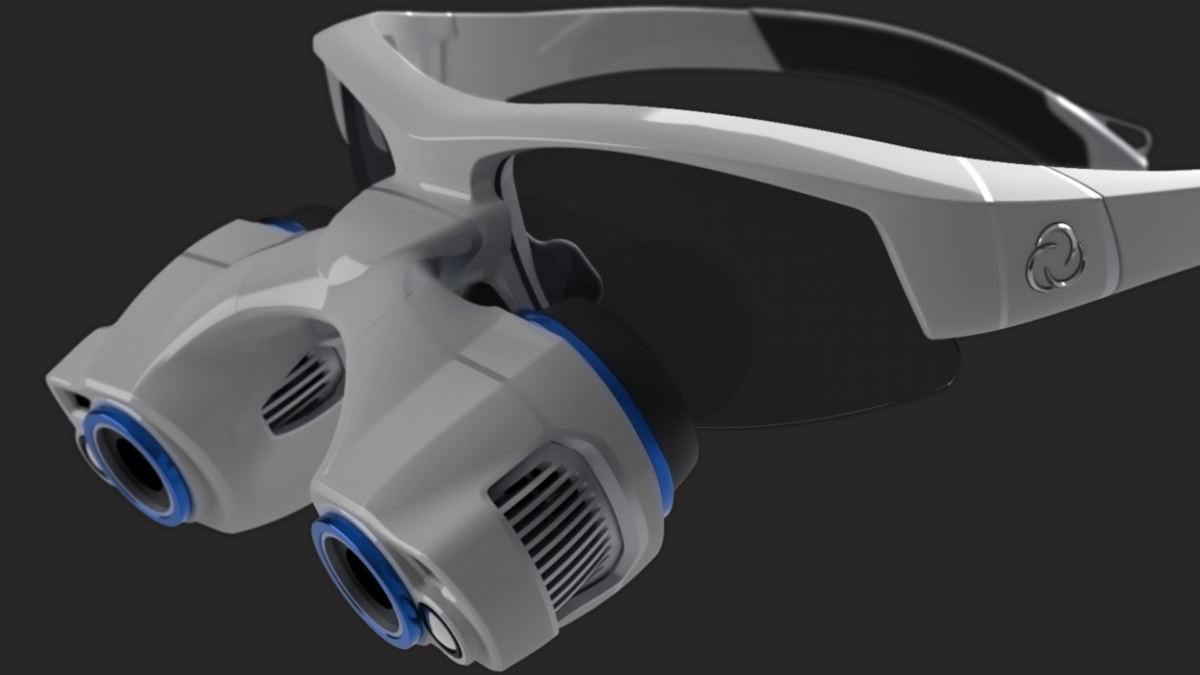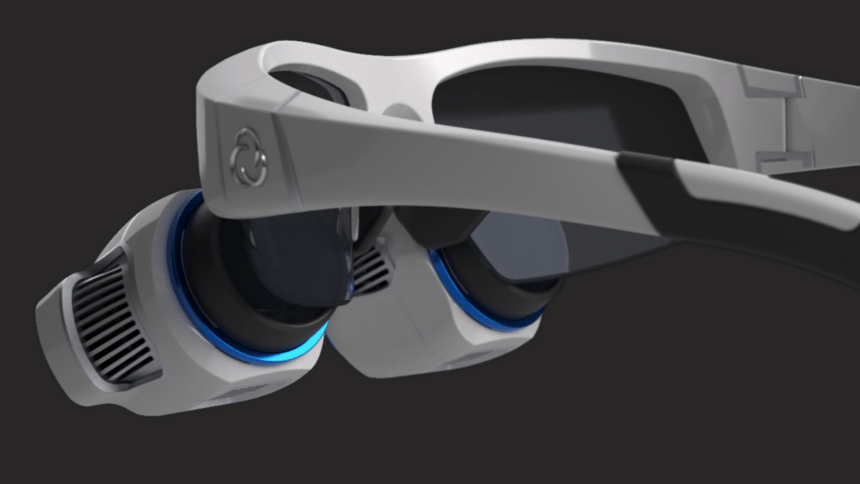FYR Medical develops a surgical-optimized XR headset with a light field display

In the future, surgery may benefit from XR-enabled magnifiers. Light field displays promise spatially accurate images that merge with the real world.
FYR Medical has raised $2.6 million in Series A funding to develop an XR-based magnifier for the operating room. The world's first digital magnifier with augmented reality capabilities is about the same shape, size and weight as a traditional surgical model, according to the manufacturer.
But unlike the latter, it provides digital information that seamlessly blends into the real picture. NuVasive, a spinal surgery technology company, led the funding round. Other backers include corporate and individual investors. Other backers include corporate and individual investors.
Augmented reality headset for surgery
FYR Medical's XR headset has a pixel density of about 30 PPD (pixels per degree), significantly higher than conventional VR headsets such as Meta Quest 2, which achieves about 20 PPD.
In addition to connecting to standard PC graphics cards, the chips are fast enough to provide low latency feeds, the company says. The headset features six degrees of freedom, a depth sensor, and illumination estimation.

FYR Medical's XR headset is designed to make work easier in the operating room. | Image: FYR Medical
Compared to traditional VR and AR headsets, the Light Field display reduces eye strain and fatigue. The light weight of approximately 113 grams should also allow for extended use.
FYR Medical cites its Light Field-based volumetric displays as a major advantage. Unlike two-dimensional displays, it is easy for the eye to focus on objects at different distances, similar to progressive lenses.
The vergence-accommodation conflict is no longer an issue; instead, the eyes can focus naturally on the superimposed computer graphics at different distances. The maximum viewing distance is said to be greater than with conventional surgical magnifiers.
The field of view of 30 degrees vertically and horizontally may seem small, but according to the manufacturer it is a good figure for its application.
The form factor, with an eyepiece only two centimeters thick, was chosen to keep bulky components away from the face. It meets the anthropometric specifications of the United States Air Force. The designers paid special attention to good visibility in the bright light of an operating room.
Light field technology to bring digital information into the OR in a more natural way
Surgeons can virtually view navigational aids and vital signs above the surgical site. FYR Medical expects this to simplify and speed up the workflow. Surgeons will be able to see important information directly in the headset.
Other applications are also possible. These could include operating rooms with different equipment, training courses or telemedicine via the Internet. The light field technology used in the headset enables the display of true-to-life augmented reality graphics as well as authentic depth perception.
FYR Medical sees students and diagnosticians as users in addition to surgeons, especially in the field of spine surgery. They will be able to easily integrate CT, MRI and X-ray images. The company also intends to support popular simulation and navigation devices. A market launch is planned for the second half of 2023; the price is not yet known.
FYR Medical is the brainchild of former employees of US defense and technology company Lockheed Martin. They licensed technology developed there for their new company. FYR Medical is based in Fort Worth, Texas.
Swiss startup Creal is also looking to disrupt the XR display market with its light field display. Using a waveguide optic from VividQ and Dispelix is a different technical approach, but also promises natural depth of field object rendering with multiple focal planes in VR and AR headsets.
Note: Links to online stores in articles can be so-called affiliate links. If you buy through this link, MIXED receives a commission from the provider. For you the price does not change.